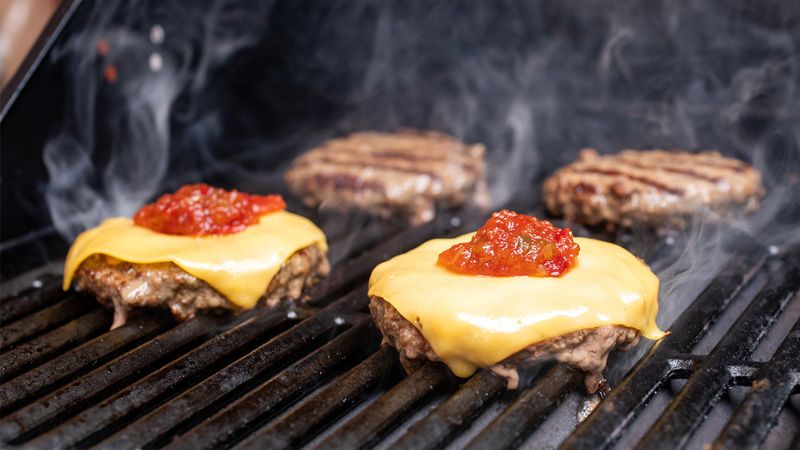It’s possible that the ideal meal would be a delicious burger. Even though the components are simple, they complement one another so well: the really juicy burger, which is placed on a soft bun, with gooey melted cheese, and maybe a few of pickles that are perfectly crunchy. (Before you go out and purchase another jar of pickles, make sure you read the findings of our taste test, which will surprise you.) With the exception of producing your own buns, the burger patty is perhaps the most difficult component to pull off well. On the other hand, it is all too simple to burn the outside while leaving the inside uncooked, to make a burger that is too oily, or to end up with beef that is dull and dry.
As someone who has worked in the restaurant sector in the past, I am here to share with you the most well-kept secrets for preparing the ideal burger, all of which are simple enough to be replicated at home.
Burger Grilling Tips For Beginners
At home, you may make burgers that are very juicy! When it comes to shaping, cooking, and topping burgers for the finest picnic ever, a former chef offers his secrets behind the process. Here are some tips for grilling a burger perfectly:
1. Choose Your Beef Wisely
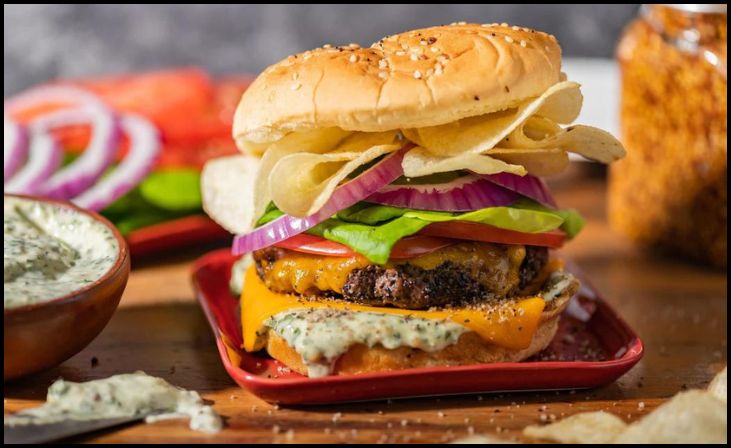
To begin with, taste is equal to fat. Although the idea of a lean burger may seem appealing in principle, the fat in this sandwich is what gives it its juicy and delectable texture. A burger that is devoid of fat will result in a mealy and dry texture. A mixture that is 80 percent fat and 20 percent lean is juicy, cooks up well, and allows for a level of indulgence that is just right without resulting in a greasy experience.
Now, let’s discuss the differences between grass-fed and grain-fed animals. Despite the fact that the question of whether kind of burger is superior is hotly contested, I am certain that the taste of grass-fed beef cannot be surpassed. In the event that you are not a fan, you should be sure to get a high-quality grain-fed beef. Regardless of your preferences, you should go for quality. If the meat is of poor quality, it is impossible to prepare a nice burger.
2. Grind Your Own
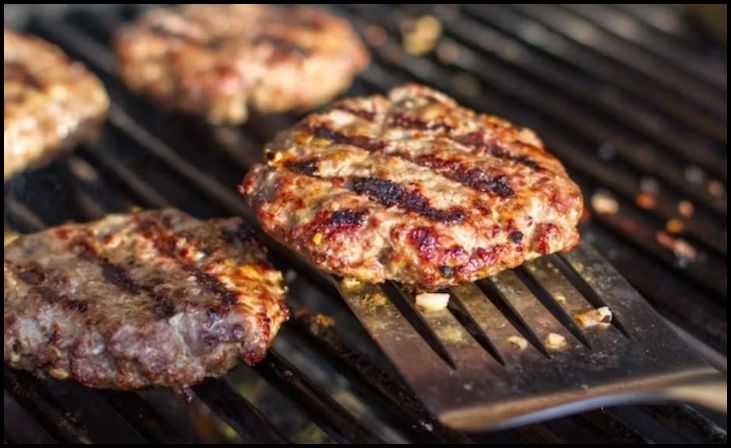
The leftover trimmings from steaks and roasts are often used to make ground beef for commercial purposes. However, unless you have a fantastic butcher in your area who prepares everything in-house, it is difficult to know precisely what ingredients are used in your mix. When you grind your own beef, you do not only obtain the highest quality meat, but you also have complete control over every aspect of your burger.
There are butchers who will grind meat at the customer’s request, or you may grind meat at home using a food processor or an attachment for your KitchenAid. The meat should be diced, the spices should be added (save for salt; we will discuss that later), and then it should be placed in the freezer for thirty minutes to one hour. After it has become somewhat more solid, place it in your food processor and pulse it repeatedly until you get a combination that is consistent throughout.
3. Keep It Cold
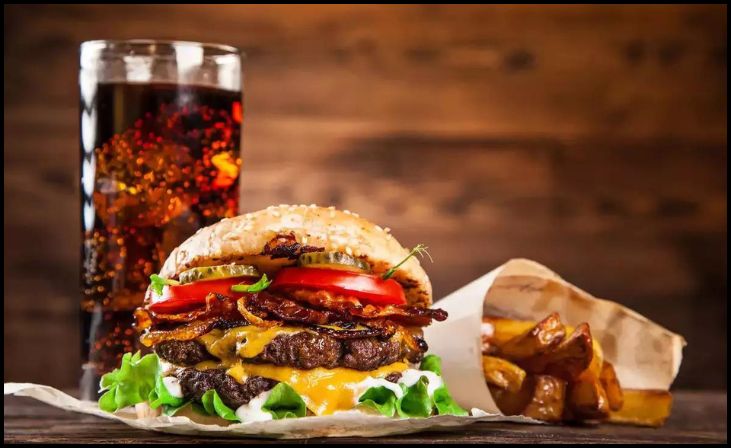
At all times throughout the process, it is of the utmost importance that everything be maintained at the lowest possible temperature. When preparing the patties, it is advisable that you use hands that are cold and wet, and that you let the meat to rest in the refrigerator until you are ready to grill it.
For the purpose of generating flavor pockets inside the patties, we require the fat that is contained within them to be at a very low temperature. A rapid expansion of the fat will be possible as a result of this when it is subjected to heat. When all is said and done, you will wind up with a burger that has a fantastic sear and the most juicy flavor that is conceivable.
4. Salt It at the End
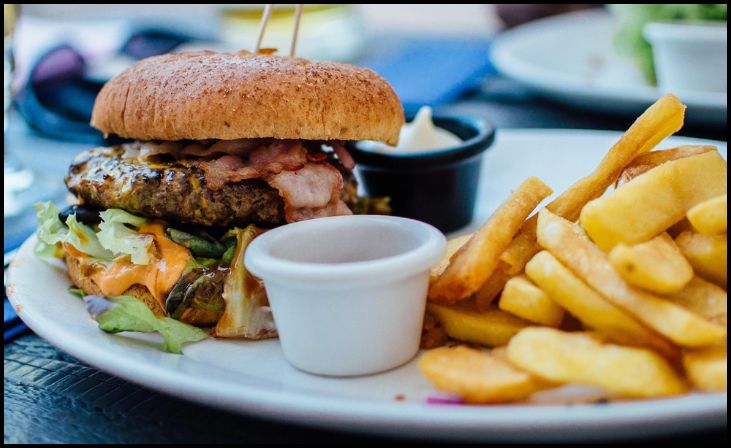
In this situation, we are violating every rule! In most cases, this is the very last thing that I would ever recommend that you do. I often advise adding salt at the beginning of the process in order to build up layers of taste. However, it is not something that works very well with burgers. Because of its inherent ability to extract moisture from proteins, salt is an excellent choice for steaks; yet, when used with ground beef, it results in patties that are thick and dry.
To solve this problem, sprinkle salt on the outside of the burger just before it is placed on the grill. If you order this burger, you won’t be missing any of the seasoned taste, and you’ll be left with a crust that is both tasty and salty.
Also Read : 7 Spicy Burger Recipes To Kick Up Your Cookout
5. Perfectly Shaped Patties
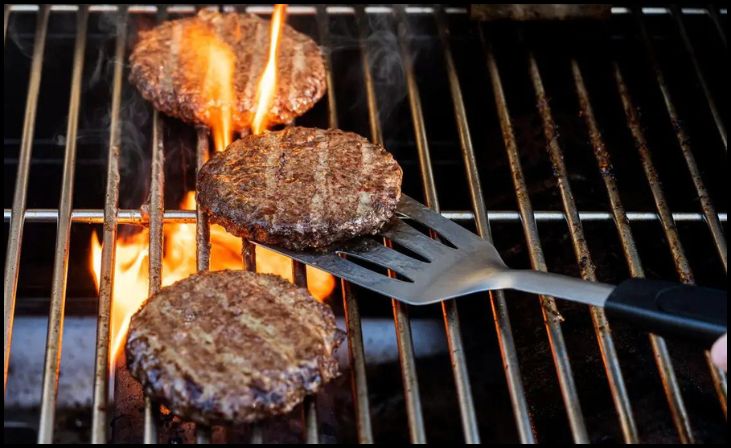
Ever wondered how restaurants manage to create the most delicious burger patties? The majority of them, in order to shape the burgers, make use of a lid (such as the top of a container of yogurt, sour cream, or another container). Not only does this procedure make it difficult to overwork or overheat the mixture, but it also makes it very difficult to generate patties of uniform size.
Nearly any lid will do the trick. The ideal patties may be made at home using a big lid from a peanut butter jar that has been lined with plastic wrap. However, after you are finished, you should not intend to put the lid back on the peanut butter container!
6. The Doughnut Hole vs. the Dimple
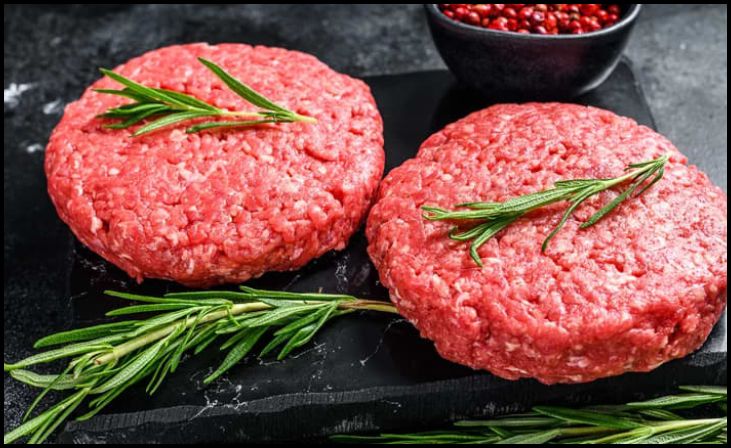
This technique is one that you could have heard about: If you make a hole or just make a dimple in the middle of the patty, the burger will cook more evenly and will prevent the center from expanding outward. Here is when each strategy should be utilized:
Simply press a shallow indentation into the center of your patty if you are cooking it outdoors on the grill. No other preparation is required. The air flows through the grill grates and around the burger, eliminating the need for a hole in the grill. When you are grilling the patties inside on a cast-iron skillet or griddle, you should form a hole in the middle of the burger that is completely through. It encourages airflow through the inside of the burger, which results in an equal cooking pace on both the interior and outside of the burger.
7. Use Indirect Heat
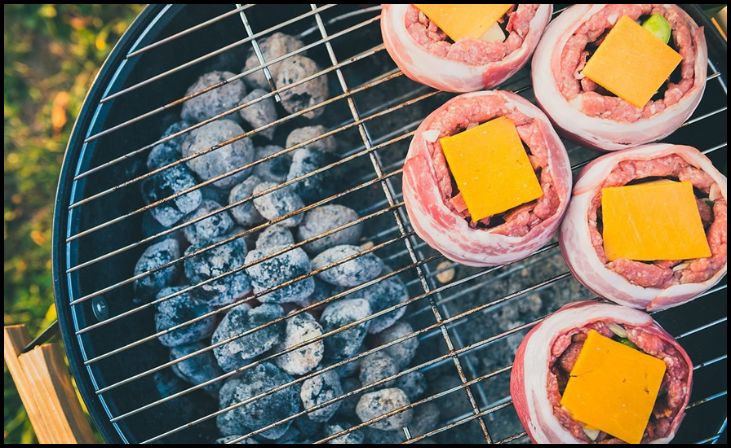
I always make the hamburger patties thick, measuring one inch in thickness, since I want them to be full and juicy. This is because I really like eating burgers. The unfortunate reality is that beef patties that are thicker need more cooking time.
Transfer the burger to the side of the grill that is colder and utilizes indirect heat after you have browned each side of the burger on the side of the grill that is hotter. Additionally, this enables the burger to be cooked all the way through on the inside, in addition to giving you with a nice crispy exterior (especially if you followed the salt secret).
8. Pick a Melty Cheese
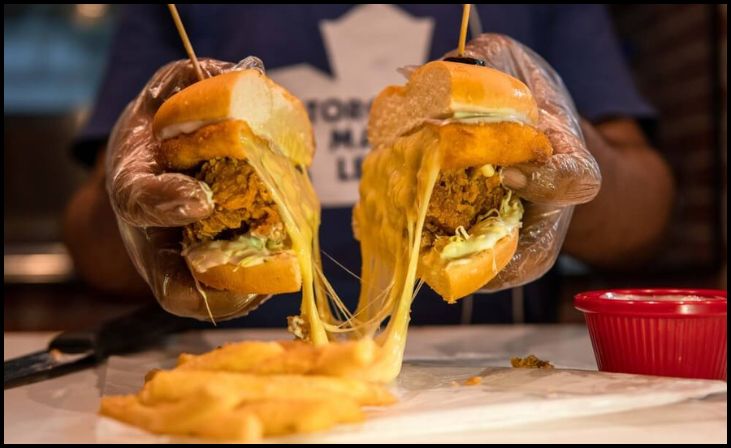
In contrast, processed cheese is not my favored kind of cheese, with the exception of when it is melted on top of a burger. There are other types of cheese that I like eating. The best cheese is cheese that is made in the United States and is authentic. It is a substance that has a sticky quality.
In the course of the melting process, you should be searching for a cheese that will become indistinguishable from the burger. The fact that you are taking it into consideration is interesting. The selection of any one of these three cheeses—cheddar, Monterey Jack, or Swiss—does not carry any danger whatsoever.
9. Use a Thermometer
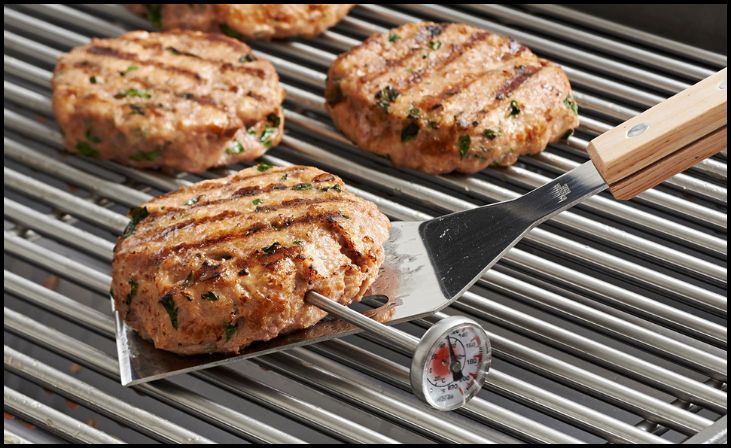
When you pull a flawlessly cooked burger onto your bread, there is nothing more frustrating than discovering that the food is still raw in the center of the burger! There is a solid reason why a thermometer is one of the most important instruments that we have in the kitchen, so let’s put it to use.
In order to get a well-done texture, the USDA recommends cooking ground beef at a temperature of 160 degrees. Depending on whether you grind your own meat or get it from a reliable supplier, you may cook it to a temperature of 130 degrees for medium-rare, which has a deep pink core; 140 degrees for medium, which has a warm pink center; or 150 degrees for medium-well, which has a hot, grayish-pink center.
10. It’s All About Those Squishy Buns
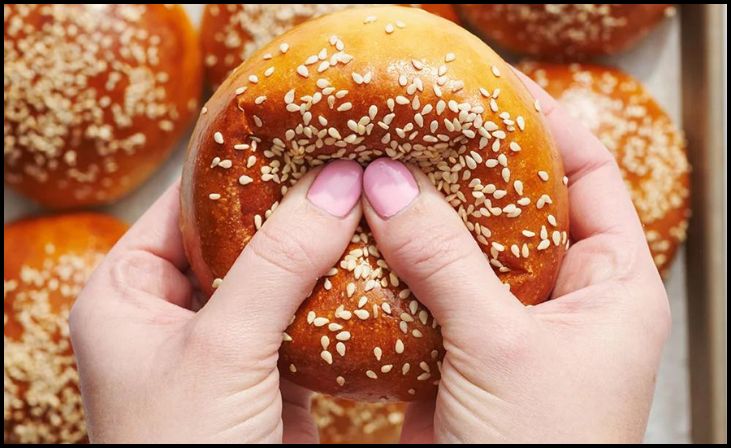
A pillowy, soft, and squishy bun is required in order to enjoy a great patty. This is a difficult task. The potato bun is a traditional dish. Richness may be found in a brioche bun. The salty deliciousness of pretzel buns is added.
No matter what you do, you should avoid selecting any bread or bun that is difficult. (This is not the best spot for your baked bread with a crusty exterior!) I refer to this phenomenon as the “Dreaded Sandwich Slide,” which is a sandwich slide that is designed just to destroy your clothing and most likely your day as well. Hard bread causes the patties to slide out of the sandwich in an instant.
In order to keep the bread from becoming soggy, you can either give it a light toast (you can do this by tossing it on the grill for a short period of time) or put a layer of mayonnaise below it.
11. Carefully Consider Your Toppings
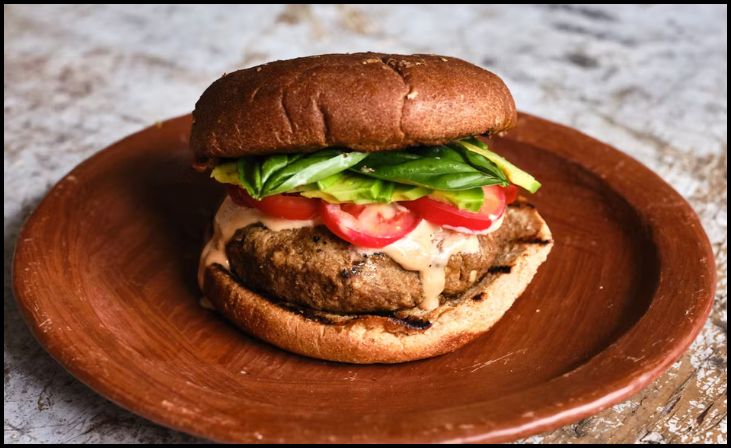
What is it about a traditional burger that makes it so incredible? Everything comes together, allowing you to experience each and every taste in every mouthful. The combination of juicy meat, melty cheese, a chewy bread, and a pickle with a sour flavor is pure delight. In the event that you pack on an excessive amount of toppings, they will compete with one another and with the meat. (You did put in the effort to create the most exquisite burger patty that has ever been made. Enjoy yourself to the fullest!
Which recipe do we like to use for a delicious burger? Include at least one topping from each of the following categories: savory and rich (fried egg, bacon, cheese); creamy and cool (avocado, mayonnaise, or aioli); crunchy and fresh (lettuce, tomato, thinly sliced onion); and sharp (dill pickle, pickled onions). That will result in the ideal bite that is well-balanced.
Conclusion
Throughout this blog, we have covered eleven of the most important tips for beginners when it comes to grilling burgers. Through the use of this blog, we have made an effort to answer all of the questions and concerns that individuals have. You are welcome to get in touch with us or share your thoughts with us in the comments section if you continue to have any questions or concerns regarding this site. Our specialists will make every effort to address your concerns and will give you with a solution that is appropriate and accurate as quickly as they can.
We appreciate you taking the time to read our blog, and we would appreciate it if you could share your thoughts with us by leaving a comment.
